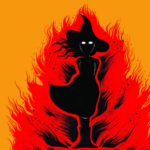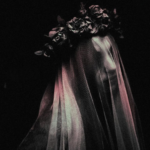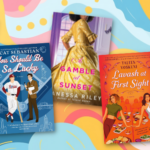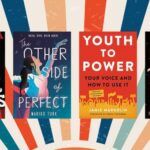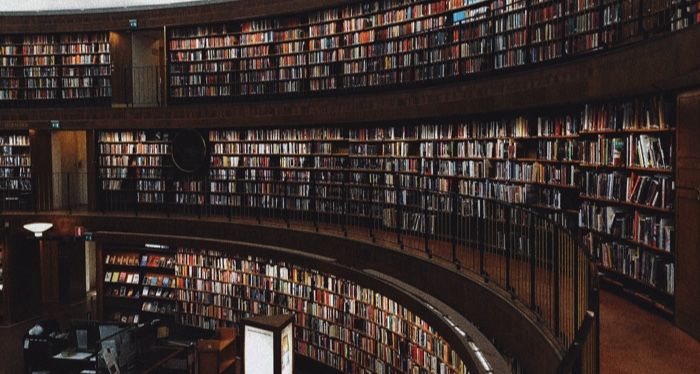
The History and Rise of Book Bans in Ireland
Book challenges and bans may be dominating school board meetings and headlines in the U.S. media, but America is far from the only country that has and continues to wrestle with issues of censorship and book access. Across the Atlantic Ocean, the Republic of Ireland has grappled with issues of book bans and government-led censorship over the last hundred years.
In 1922, the Irish Free State was established following the Anglo-Irish Treaty of 1921. Established as a dominion of the British Empire, the Free State was the outcome of the Irish War of Independence, a guerilla war fought from 1919 to 1921 between the Irish Republican Army and the British Crown forces. The Free State eventually gave way to an internationally recognized, independent Ireland. With the shift in governance also came the establishment of new government entities to oversee and censor materials, including film, books, and radio. In the beginning years of the Free State, some politicians argued that existing obscenity laws were enough to keep harmful material from circulating publicly and that beyond that, Irish citizens had the right to choose what they read, saw, and listened to in their homes.
However, while the Minister for Justice, Kevin O’Higgins, initially agreed with those who felt the obscenity laws were enough, he was eventually persuaded by concerns over “whether it is necessary or advisable in the interest of the public morality to extend the existing powers of the State to prohibit or restrict the sale and circulation of printed matter” to establish the Committee on Evil Literature in 1926. This departmental committee consisted of three laymen and two clergymen (one Roman Catholic, one from the Church of Ireland) who heard testimony from the police, the public, and politicians over a 10-month period. The committee, having gathered information about what they saw as morally corrupting printed materials, recommended that the state establish a censorship board as a means of eliminating these influences from the country.
A large factor in Irish censorship was the influence of the Roman Catholic Church on Irish legal and national thought. At the time the Censorship of Publications Board was established in 1929, approximately 93% of Ireland’s population practiced Roman Catholicism. The heavy influence of the Catholic Church in Ireland meant that books or other materials that contradicted Church teachings were especially likely to be censored. Many early censorship decisions corresponded with wider Church decisions about banned materials. The church had been maintaining the Index Librorum Prohibitorum (Index of Forbidden Books) since the mid-1500s, and many of these materials were also censored in Ireland under the direction of the Church-influenced government.
The first set of banned books in Ireland post-Free State establishment was announced in the government publication Iris Oifigiúil in May of 1930. Among the banned were: Point Counter Point by Aldous Huxley, The Well of Loneliness by Radclyffe Hall, and books by Margaret Sanger and Marie Stopes. Additional titles were rapidly added, including The Skeleton in the Cupboard by W. Somerset Maugham and My Life by Isadora Duncan. Other books, like James Joyce’s Ulysses, were never officially banned by the Irish government but were also never officially published or sold within Ireland during this period as publishers feared the crackdown of the Censorship Board would immediately prohibit their distribution and preemptively decided not even to try.
The Censorship of Publications board (which is governed by the Censorship of Publications Acts of 1929, 1946, and 1967) has the authority to ban any book or publication it believes to be obscene from being published, distributed, or sold within the Republic of Ireland. Though the Board still exists today, its official bans have slowed considerably since the 1990s as cultural mores and laws in Ireland have changed. Common criticisms of the Board include that it must consider every book brought in front of it, that it operates under vaguely defined guidelines, and that it does not have full transparency with the public. All books and periodicals banned in Ireland are first prohibited for a period of 12 years, after which bans may be allowed to lapse or may be renewed. This has meant that once-banned books like The Dark by John McGahern, which had been banned for obscenity and its addressing of clerical abuse, are now available in the country.
Ireland also commonly banned periodicals for a number of years and set preemptive bans on materials that discussed topics that contradicted Church teachings or common cultural beliefs. Magazines such as Vogue, Woman’s Weekly, and Woman’s World were commonly censored even in the 21st century, and strict guidelines on publishing information about abortion were in place until the repeal of the Eighth Amendment in 2018. While book bans and challenges in the U.S. tend to start with children’s and young adult literature and then expand, book censorship in Ireland is notable for the ways in which it tried not just to limit what young people could access or what could be available in libraries, but rather which titles it could prevent from circulating in the country at all.
Post-1960s, and post a 2018 change that removed restrictions against blasphemy from the national Constitution, book censorship in Ireland has become less of the government-officiated movement it once was and has come to resemble the book challenges in many other places, where individual groups have sought to get books removed piecemeal from schools and libraries. The last national ban was instituted in 2018, but religious and cultural groups continue to try and restrict both publications around certain topics and individual titles. Additionally, while books that had been on the banned list pre-1990s were officially put back into circulation, some titles have continued to be restricted at local levels, and others may not be widely read due to social pressure.
Ireland’s embrace of books once deemed inappropriate has come a long way since the days of the works of Edna O’Brien were condemned and restricted at a wholesale, national level (Archbishop John Charles McQuaid called them “particularly bad” in a complaint to Justice Minister Charles Haughey). Some authors, like Lee Dunne, whose semi-autobiographical novel Paddy Maguire is Dead was banned in Ireland for over 30 years, still had a hard time getting their books published in the country, even after the censorship board became less heavy-handed. One major transformation is that many of the issues, including abortion, divorce, contraception, and same-sex marriage, that were prohibited from appearing in books distributed in Ireland are now legal in the country.
With only one book currently officially banned in the country, censorship is more likely to be at the local level, through social pressure, or the quiet/self-censorship of teachers and librarians. One instance of what inspires the latter is how librarians in Cork were recently harassed for refusing to remove books containing LGBTQ+ characters, an action that drew condemnation for the harassers from Taoiseach Leo Varadkar. The situation led to police involvement and the early shutting down of the library building. Incidents like these illustrate that just because censorship is not as common at the government level, Irish readers and librarians still face challenges in protecting and accessing the freedom to read.
If you’re interested in learning more about issues of censorship, be sure to follow along with Book Riot’s reporting on censorship. We also have plenty of great reading lists of Irish literature, including many banned and once-banned books.



